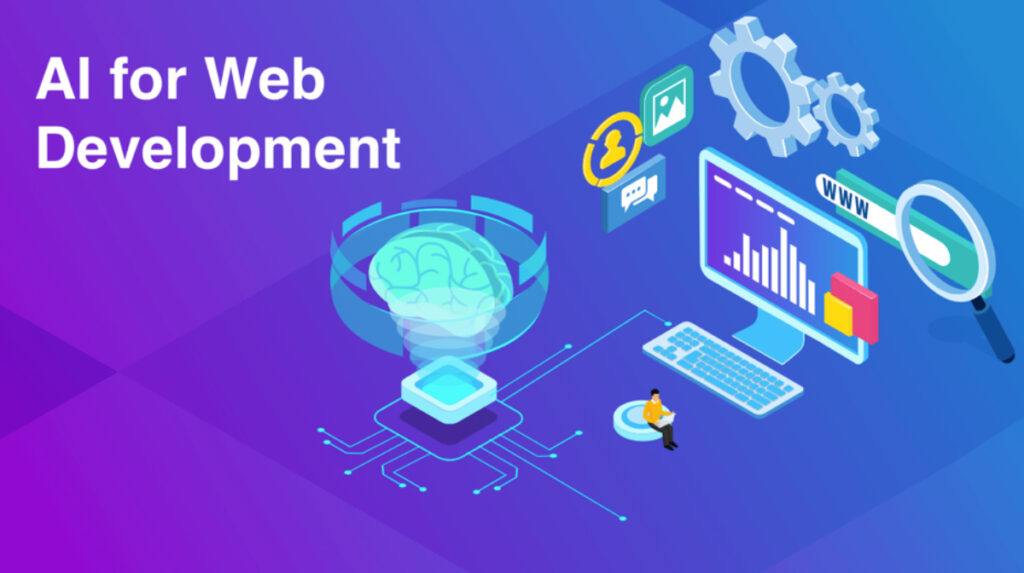
The World Wide Web has come a long way since its inception. The way websites are designed, developed, and deployed has evolved significantly over the years. From static HTML pages to dynamic web applications and everything in between, the journey of web development is a fascinating one.
In this blog, we’ll take a journey through time to explore the evolution of web development.
The Early Days – Static HTML Pages
The story of web development began in the early 1990s when Tim Berners-Lee created the first web browser and server software. Initially, web pages were simple and static, composed of HTML (Hypertext Markup Language) code. These pages contained text, hyperlinks, and basic formatting. They were primarily used for sharing information and had little interactivity.
The Rise of CSS
As the web grew in popularity, the demand for improved web design and layout control became crucial. Cascading Style Sheets (CSS) emerged in the late 1990s as a way to separate the content (HTML) from its presentation (CSS). This separation allowed web developers to create more visually appealing and consistent websites, as well as adapt them to different screen sizes and devices.
The Dynamic Web – JavaScript and AJAX
The late 1990s and early 2000s brought about the dynamic web. JavaScript, originally developed by Netscape, became a crucial component of web development. It enabled developers to add interactivity to websites and create dynamic, client-side experiences. The introduction of AJAX (Asynchronous JavaScript and XML) allowed web pages to update specific sections without reloading the entire page, which was a significant advancement in user experience.
Rise of Content Management Systems (CMS)
The mid-2000s saw the emergence of Content Management Systems (CMS) like WordPress, Wix, Joomla, Squarespace and Drupal. These CMS made it easier for non-technical users to create and manage websites without extensive coding knowledge. Web developers started focusing on creating custom themes and plugins for these CMS platforms, further streamlining web development.
Mobile-First and Responsive Design
With the proliferation of smartphones and tablets, the demand for mobile-friendly websites grew rapidly. Web developers had to adapt to the multi-device landscape, leading to the concept of “responsive design.” This approach aimed to create websites that automatically adjusted their layout and content to fit different screen sizes. Mobile-first design principles became a standard practice in web development, ensuring that websites were optimized for smaller screens.
The JavaScript Renaissance – Frameworks and Libraries
JavaScript, once seen as a simple scripting language, evolved into a powerful tool for building complex web applications. The introduction of JavaScript libraries and frameworks, such as jQuery, Angular, React, and Vue.js, revolutionized web development. These tools made it easier to create dynamic, single-page applications (SPAs) and deliver a more seamless user experience.
Server-Side Development – PHP, Ruby on Rails, Node.js
While client-side development became more robust, server-side technologies also saw significant advancements. Languages like PHP and Ruby on Rails were popular choices for server-side scripting, handling database interactions and server logic. Node.js, a JavaScript runtime, gained traction as it allowed developers to use a single language for both client and server-side development.
APIs and Microservices
As web applications became more complex and interconnected, the importance of Application Programming Interfaces (APIs) and microservices grew. These technologies allowed developers to build modular, scalable applications by breaking them into smaller, manageable components. APIs became the glue that held different services and data sources together, enabling rich, data-driven web experiences.
DevOps and Continuous Integration/Continuous Deployment (CI/CD)
The modern web development landscape also includes DevOps practices and CI/CD pipelines. These practices emphasize automation, collaboration, and efficiency in the web application development and deployment. DevOps helps teams release software faster and more reliably while ensuring a seamless user experience.
Progressive Web Apps (PWAs) and WebAssembly
The latest advancements in web development include Progressive Web Apps (PWAs) and WebAssembly. PWAs offer a native app-like experience on the web, with features like offline access and push notifications. WebAssembly allows developers to run low-level code in browsers, opening the door to more performance-intensive web applications, including gaming and real-time data processing.
The Future of Web Development
As we look to the future of web development, several trends are likely to shape the industry further. These include:
1. Web3 and Blockchain: The integration of blockchain technology into web development may lead to new types of decentralized applications and digital ownership models.
2. Artificial Intelligence: AI will play a more prominent role in web development, offering intelligent personalization, content generation, and chatbot interactions.
3. Augmented Reality (AR) and Virtual Reality (VR): The web may become a platform for AR and VR experiences, offering immersive and interactive content.
4. Cybersecurity: The need for robust security measures will continue to be a priority as web applications handle sensitive data and transactions.
5. Accessibility: Web development will continue to focus on making the web more accessible to people with disabilities, ensuring equal access for all users.
In conclusion, the evolution of web development has been a remarkable journey, from the early days of static HTML to the dynamic, interactive, and highly responsive web applications we see today. As technology continues to advance, web developers will need to adapt and innovate to meet the ever-changing demands of the digital landscape. The future holds exciting possibilities, and web development will continue to be at the forefront of shaping the online world.




Pingback: The Future of Web Development: AI-Driven Insights and Automation